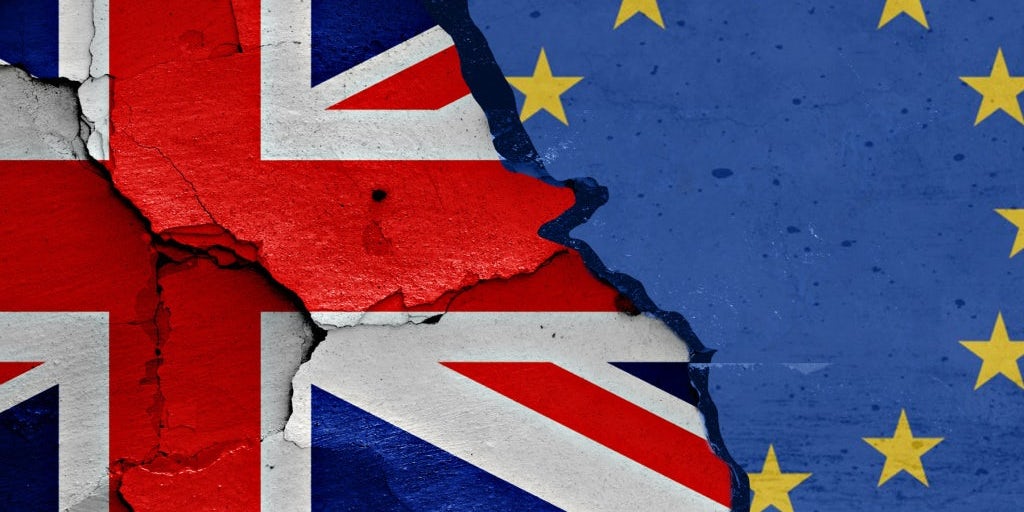How Amazon Broke Tech’s Q2 Bad News Streak – WWD
Earnings reported by the tech industry this week make one thing quite clear: By the numbers, much of the sector seems to be suffering, save for one notable exception: Amazon.
The e-commerce giant’s second-quarter revenue broke $121 billion, fueling 7 percent growth and easily clearing the $119.09 billion estimated by analysts. The company didn’t report a profit, however, as earnings per share came in at a loss of 20 cents. But no matter. For investors, the overall health of Amazon’s empire and its optimistic outlook offered sweet relief after a string of lackluster results from other tech companies, sending the stock up 12 percent after-hours on Thursday. The confidence stuck, as the momentum carried well into Friday trading.
This outcome might seem modest compared to the company’s previous periods of frenzied pandemic growth. But in a quarter that stupefied tech peers over faltering ad sales, it looks like a remarkable feat — especially considering Amazon saw its own online sales dip, with $50.86 billion in the quarter amounting to a 4 percent drop year-over-year. Meanwhile, brick-and-mortar sales grew, hitting $4.72 billion, a jump of 12 percent year-over-year.
In some ways, this looks like a sign of the times. In a recent Ipsos survey from Publicis Sapient and Salesforce, 37 percent of retail decision-makers said their e-commerce business isn’t hitting profitability targets. A quarter admitted that it didn’t turn a profit at all and even more, at 27 percent, blamed their e-comm side for hurting their overall profitability. As for those straddling both web and brick-and-mortar sales, 46 percent reported that online is less profitable than physical retail.
The latter is where Amazon differs. Its physical retail efforts across grocery, fashion and other categories are still fledgling operations, and it pointed out that the merchant community made a strong showing during the quarter.
Indeed, third-party seller services, now a $27 billion business, saw 9 percent growth in sales. In an earnings call with analysts and reporters Thursday, chief financial officer Brian Olsavsky also boasted that “third-party sellers represented 57 percent of all units sold on Amazon in [the second quarter] — the highest percentage ever.”
Of course, the company also benefits from an array of initiatives and services, which help insulate, even buoy, Amazon’s tech and retail empire. Cloud division Amazon Web Services and its online ads business blew past expectations, pulling in $19.7 billion and $8.76 billion, respectively.
The latter looks particularly impressive, especially in a quarter when faltering online advertising sales undercut platforms like Twitter, Snapchat and Meta and led to a wave of disappointing second-quarter earnings results.
Alphabet fell short of expectations as well, with $69.7 billion in revenue versus the $70 billion forecasted. This time, analysts chose to look on the bright side. It could have been worse, they figured, and Google’s market value actually rose 8 percent, in a likely indication of how far the bar has fallen.
By comparison, Amazon’s ad sales, which shot up 18 percent year-over-year, comes off like a miracle. It’s not. The company has effectively created its own tech, retail and advertising microcosm, somewhat protecting itself from the forces dogging other platforms. Meta and others are still reeling from Apple’s iOS privacy changes, which decimated ad-targeting on iPhones, as they face an uncertain economy and intensifying competition from social media sensation TikTok. It all makes for a gauntlet of challenges that could be too steep for some to overcome.
Though not totally immune, Amazon is less effected, even insulated to some degree. Andy Jassy, chief executive officer, believes that it could have even posted a profit this quarter, had it not been for its Rivian e-car investment, which created a $3.9 billion valuation loss.
Not that Amazon’s operation is perfect. The company ramped up warehouse hiring and capacity over the pandemic, but with the current economy and rising costs, it has to make some adjustments. At the end of the second quarter, the company cut 99,000 workers, and that’s just the beginning.
“Despite continued inflationary pressures in fuel, energy and transportation costs, we’re making progress on the more controllable costs we referenced last quarter, particularly improving the productivity of our fulfillment network,” said Jassy. Other changes will come as well. European customers will see Prime membership jump as much as 43 percent, due to inflation.
Amazon has a high stake in ironing things out as quickly as possible. The upheaval of the last two years is “normalizing,” said Olsavsky, and consumers are actually showing rising demand that’s expected to continue into the next quarter.
“Our compound annual growth since the start of the pandemic stands at 25 percent, a growth rate higher than what we were seeing prior to the pandemic,” he explained. “Prime members have meaningfully increased their spend since the start of the pandemic. Over that period, we’ve seen stronger usage of Prime benefits by Prime members and a greater reliance on Amazon for their shopping and entertainment.”
Given that, and the inclusion of Prime Day results, the next quarter is poised to serve up even better numbers. According to Amazon, the signature shopping event moved more than 300 million products at more than 100,000 items per minute. The third quarter also marks the start of early holiday promotions, which may put consumers in a shopping state of mind.
The company expects to net sales to land between $125 billion and $130 billion, for growth of 13 to 17 percent.




:quality(70):focal(989x565:999x575)/cloudfront-eu-central-1.images.arcpublishing.com/businessoffashion/MLF7ACMIPFDWDI6VRI76TBHN4M.jpg)
